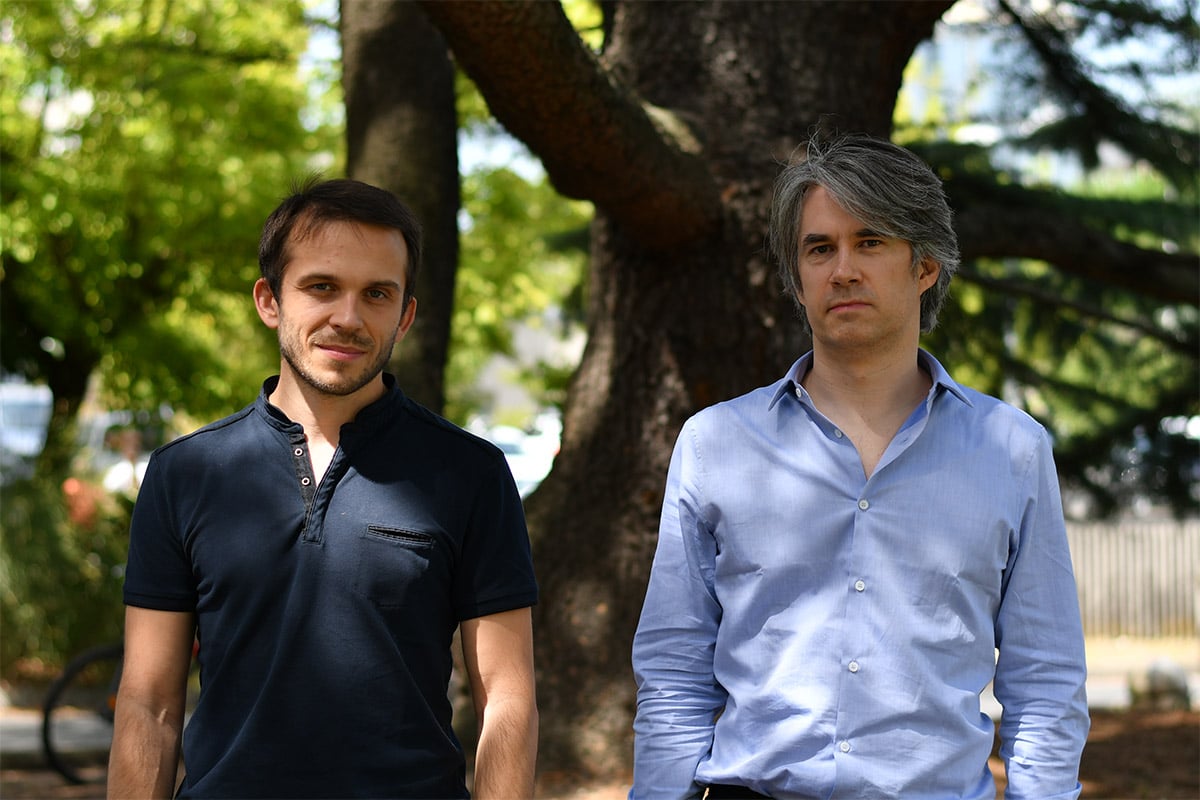
Multimodal Translational Imaging
Our team is interested in assessing the integrity of brain neurotransmission pathways in humans, particularly the cholinergic neurotransmission, using Positron Emission Tomography (PET) imaging and radiopharmaceuticals selectively binding to pre- or postsynaptic molecular targets. This molecular imaging approach of cerebral neurotransmission makes it possible to explore the pathophysiology of various neurological disorders, as the one consisting of evaluating the presence of brain abnormal proteins and glucose metabolisms deficits. In addition, in order to better understand how neurotransmission systems modulate cortico-subcortical loops, a multimodal PET and MRI approach, making it possible to relate PET to functional connectivity data, is carried out.
Our second research axis aims at targeting neuropeptide receptors, which can be highly expressed in various tumors paving the way to PET imaging and targeted radionuclide therapy (TRT; image&treat concept). Selected neuropeptide receptors (bombesin, neurotensin, neuropeptide-Y, etc) expression is deeply characterized on bank of tumors. This expression profile represents the molecular basis to develop radiolabeled neuropeptide analogues for imaging and therapy whose radiopharmaceuticals properties are studied on tumor cells and small animals. We also pursue a translational research in performing clinical studies for PET imaging and TRT using radiolabeled neuropeptide analogues.
A third line of research consists in developing methodologies related to the quantification of PET images (pharmacokinetic modeling of MRP, image correction) or with the segmentation of tumors for the treatment of radiotherapy planning.
Mots clés
Selected publications
-
Silicon-Containing Neurotensin Analogues as Radiopharmaceuticals for NTS1-Positive Tumors Imaging
Roberto Fanelli, Adrien Chastel, Santo Previti, Elif Hindié, Delphine Vimont, Paolo Zanotti-Fregonara, Philippe Fernandez, Philippe Garrigue, Frédéric Lamare, Romain Schollhammer, Laure Balasse, Benjamin Guillet, Emmanuelle Rémond, Clément Morgat, Florine Cavelier.
Bioconjugate Chem.. 2020-09-18.
DOI: 10.1021/acs.bioconjchem.0c00419 -
Design, synthesis, and biological evaluation of a multifunctional neuropeptide-Y conjugate for selective nuclear delivery of radiolanthanides
Adrien Chastel, Dennis J. Worm, Isabel D. Alves, Delphine Vimont, Melina Petrel, Samantha Fernandez, Philippe Garrigue, Philippe Fernandez, Elif Hindié, Annette G. Beck-Sickinger, Clément Morgat.
EJNMMI Res. 2020-03-02. 10 (1)
DOI: 10.1186/s13550-020-0612-8 -
Analysis of hypoxia in human glioblastoma tumors with dynamic 18F-FMISO PET imaging
Redha-alla Abdo, Frédéric Lamare, Philippe Fernandez, M’hamed Bentourkia.
Australas Phys Eng Sci Med. 2019-09-13. 42 (4) : 981-993.
DOI: 10.1007/s13246-019-00797-8 -
Comparison of the radiolabeled PSMA-inhibitor 111In-PSMA-617 and the radiolabeled GRP-R antagonist 111In-RM2 in primary prostate cancer samples
Romain Schollhammer, Henri De Clermont Gallerande, Mokrane Yacoub, Marie-Laure Quintyn Ranty, Nicole Barthe, Delphine Vimont, Elif Hindié, Philippe Fernandez, Clément Morgat.
EJNMMI Res. 2019-06-03. 9 (1)
DOI: 10.1186/s13550-019-0517-6 -
123I-Iodobenzovesamicol SPECT Imaging of Cholinergic Systems in Dementia with Lewy Bodies.
Joachim Mazère, Frédéric Lamare, Michele Allard, Philippe Fernandez, Willy Mayo.
J Nucl Med. 2016-07-28. 58 (1) : 123-128.
DOI: 10.2967/jnumed.116.176180 -
Simplified Quantification Method for In Vivo SPECT Imaging of the Vesicular Acetylcholine Transporter with 123I-Iodobenzovesamicol.
J. Mazere, W. Mayo, G. Pariscoat, J. Schulz, M. Allard, P. Fernandez, F. Lamare.
Journal of Nuclear Medicine. 2015-04-23. 56 (6) : 862-868.
DOI: 10.2967/jnumed.114.147074
Team member(s)
Chercheurs, Praticiens hospitaliers...
Elif Hindié Hindié (PUPH)
Joachim Mazère Mazère (University Teacher / Hospital Practitionner)
Sacha Bodin Bodin (Hospital Practitionner)
Ingénieur(e)s, technicien(ne)s
Post-doctorant(s)
Doctorant(s)
Neuropsychologist(s) and speech therapist(s)
Ingénieur(s) hospitalier(s) et ARC

